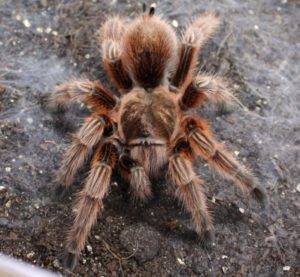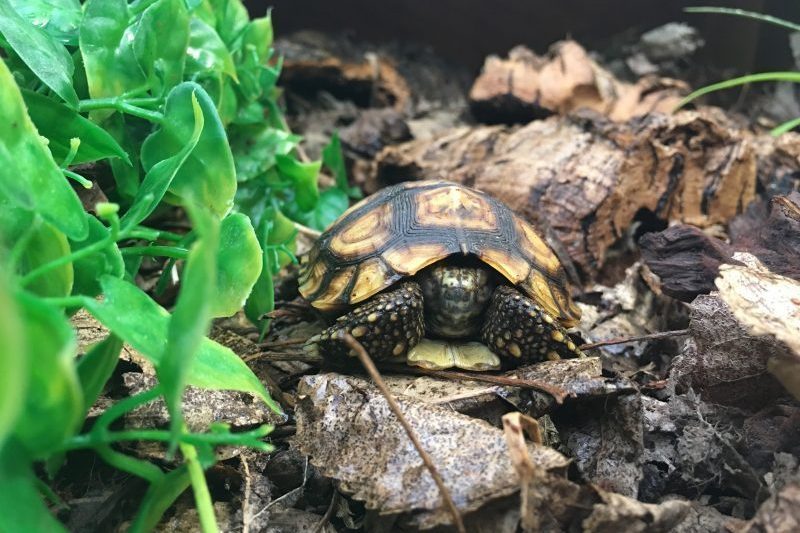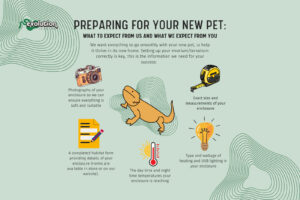
Tarantula care guide
Welcome to Evolution Reptiles’ guide to tarantula care! Whether you’re a seasoned arachnid enthusiast or just starting your journey into the fascinating world of these

Minimum Standards – Why We Use Them, And What They Are
In this day and age of bewildering choice of lights, housing, heating, feeding and different opinions on general care, it can be very confusing to anyone looking for their first reptile pet. Equally confusing is the fact that more experienced customers may have had a system that worked for them in years gone by, but are now being told that there are better ways.
We work very, very hard to make sure that the advice we give to customers is the very best; we regularly liaise with specialist vets and competent, forward thinking breeders to keep our knowledge up to date. We read scientific papers and we study the wild lives of the species that we are privileged enough to be able to keep as pets in this country.
We also strongly believe that when you are selling live animals, you have a responsibility to that animal. That responsibility includes making sure that its new owner will be able to use the knowledge and experience we have built up over many, many years to give that animal the best life possible.
We very rarely flat out refuse a sale, but we are prepared to ask that conditions are upgraded before we will transfer ownership of an individual animal.
Yes, we absolutely agree that animals will survive in lower specification housing than the standards we insist on. But that’s our point; if it’s just surviving, that’s no life for a pet. It’s battery farming for reptiles, and best left in the past.
So here are the basic requirements we insist on for the species we sell most often. Obviously, we very much prefer if these standards are exceeded – so does your new pet!
Unless specified, all these animals are happiest living alone.
Bearded Dragon:
120 x 60 x 60cm vivarium. 10% T8 lighting with a reflector, a white basking spot, digital thermometer and a knowledge of day and night temperatures.
Leopard Gecko:
85 x 49 x 50cm wooden vivarium, or 90cm x 45 x 45cm glass vivarium. Basking bulb, supply of UVB light – compact bulbs are acceptable for glass enclosures. Digital thermometer, and a knowledge of basking spot, day and night temperatures.
Crested Gecko:
45 x 45 x 60cm tall glass terrarium. Heat mat on a thermostat, source of UVB light – compact bulbs are acceptable. Digital thermometer, and a knowledge of day and night temperatures.
Corn Snake:
120 x 60 x 60cm wooden vivarium. Wall mounted heat mat on a thermostat, white basking light to provide daytime hot spot. Digital thermometer, and a knowledge of day and night temperatures.
Royal Python:
120cm x 60 x 60cm wooden vivarium. Ceramic heater controlled by a thermostat, digital thermometer and a knowledge of day and night temperatures.

Welcome to Evolution Reptiles’ guide to tarantula care! Whether you’re a seasoned arachnid enthusiast or just starting your journey into the fascinating world of these

How to Care for Your Reptile During a Power Cut Power cuts can be stressful, especially when you have a reptile that relies on a

Buying a Pet from Evolution Reptiles: the process Buying a new pet of any kind can be an exciting experience, getting everything ready for it,
Copyright 2021 Evolution Reptiles
All rights reserved.